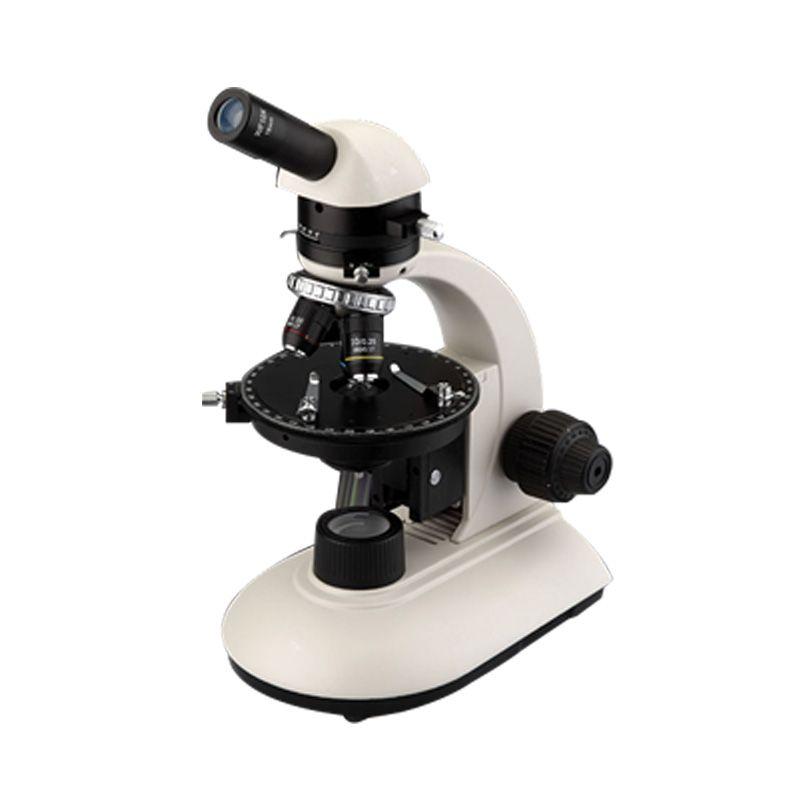How Do I Interpret the Results of Polarizing Microscope?

Numerous materials and structures, such as minerals, rocks, organisms, tissues, polymers, and crystals, can be identified using a polarizing microscope. You can use a polarizing microscope to detect unknown materials and structures if you know how to interpret the results. The following elements must be taken into account when interpreting the findings of polarizing microscope:
l Birefringence: A material's ability to split light into two rays that vibrate in different planes is known as birefringence. The difference in the refractive indices of the two beams indicates the degree of birefringence. Under a polarizing microscope, materials that generate interference colors can be identified as birefringent.
l Extinction angle: The angle formed by the polarizer and the optic axis of a birefringent substance is known as the extinction angle. It is possible to distinguish between several kinds of birefringent materials using the extinction angle.
l Pleochroism: A birefringent material's ability to look different colors when seen in different directions under a polarizing microscope is known as pleochroism. Pleochroism is a useful tool for studying the orientation of a birefringent material's optic axis as well as for classifying various types of birefringent materials.
You also need to think about the kind of sample you are looking at in addition to these other criteria. For example, you will need to be familiar with the optical characteristics of various minerals if you are inspecting a rock sample. Should you be analyzing a biological specimen, you must be conversant with the various optical characteristics of various tissues and cells. The characteristics of materials, such as their pleochroism, extinction angle, and birefringence, can be investigated using a polarizing microscope. The structure, chemical, optical, and mechanical properties of materials can all be understood with the help of this information.
- Art
- Causes
- Crafts
- Dance
- Drinks
- Film
- Fitness
- Food
- الألعاب
- Gardening
- Health
- الرئيسية
- Literature
- Music
- Networking
- أخرى
- Party
- Religion
- Shopping
- Sports
- Theater
- Wellness


